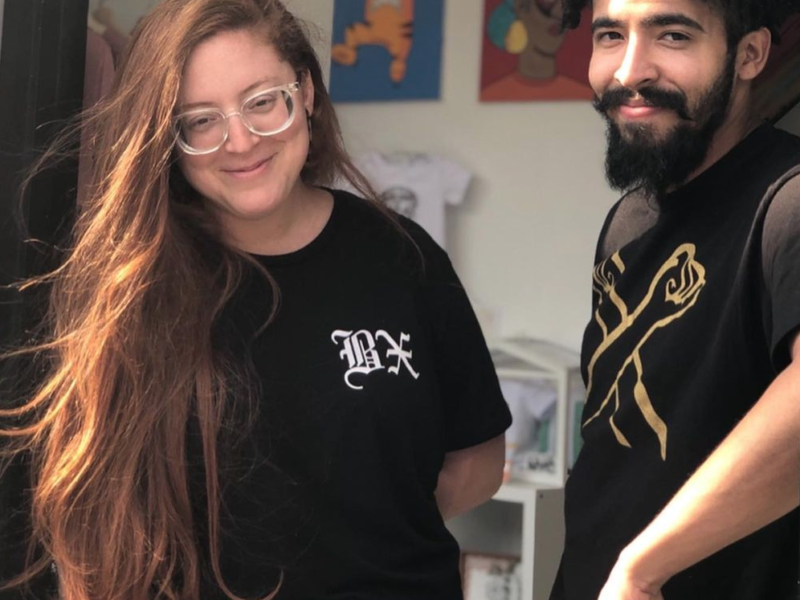
College and the Labor Market: income barriers, education levels, and unemployment Part 2
We continue our series on the effects of redlining in the Bronx with part 2 of our third installment – College and the Labor Market. In part 1, we saw the statistics that are considered to be a measure of college readiness in reading and math. We also looked at the graduation rates of high school students and their college enrollment percentages. In this article, we’ll uncover how college enrollment affects unemployment, and the expected income and opportunities of those who graduate college.

We all know that there’s a correlation between unemployment, wages, and education. Those with less education are more vulnerable to unemployment and underemployment (having a job that doesn’t fir the level of education a person has). As we saw in part 1, the Bronx lags all of the other boroughs in education performance in 3rd, 8th grade and high school. This results in the Bronx having the lowest high school graduation rates in the city. With just 43% of HS graduates enrolling in college or career programs, it isn’t so much of a surprise that the Bronx is also trailing the rest of the five boroughs in percentage of persons with a Bachelor’s degree or higher. It’s also possible that the numbers for those with a Bachelor’s degree can be skewed. We know that it’s been a trend for those who have more opportunities and resources to leave the borough, which could include these college graduates.

Source: US Census Bureau
With lower levels of formal education, the Bronx also faces higher levels of unemployment than the rest of the City and the rest of the United States. The bright side of the unemployment statistics is that the rates have been decreasing. 

As employers emphasize the necessity of a college degree, unemployment and underemployment can increase, which locks out parts of the labor force in the Bronx from certain economic opportunities. The college degree in some ways can be a gatekeeper to the labor market and acts as a double edged sword. Those who have a degree may have better employment opportunities. However, as more and more people begin to pursue a college degree, the value in having a degree as a differentiator on your resume also decreases. Many entry level jobs currently require a college degree even if it isn’t necessary to complete the day to day job functions. For those who aren’t able to obtain a degree, they aren’t able to enter the workforce through some of these entry level jobs although they may have the skills required.
This isn’t to say that a college degree is a bad thing. The issue arises when employers emphasize it over teachable skills that applicants can learn with on the job training. Having a college degree helps expand a persons critical thinking skills as well as give a person a more well rounded world view as they’re exposed to different ideas, people and cultures. However, these benefits aren’t limited to the college experience.
With lower levels of education and with an increased rate of unemployment (in comparison to the rest of NYC), the median income of the Bronx is under $35,000 and the percent of the Bronx’s population living in poverty is at 30.3%.


What does this have to do with the practice of redlining in the Bronx. What we’re seeing in college enrollment/graduation rates, unemployment/underemployment statistics, and low income with a high percentage of people who are under-resourced are the results of property taxes in funding underperforming elementary, middle and high schools. As property values are cut, property taxes are also diminished. It creates a viscous cycle. Less funds are given to help schools retain teachers and resources. Children receive a sub-par education and are ill-equipped to face the riggers of college level courses. As the children of the Bronx become young adults, they find that their opportunities to advance have been diminished because of the poor quality of formal education they received. Some become unemployed, and others are underemployed. This doesn’t enable them to reinvest in their community (economically, there are many ways to invest in a community), which keeps property values low for the next generation. It’s easy to see how people can begin to think of creative ways, outside of the current labor market, to provide for them and their family.
In the next part of our series, we’ll talk about black markets and police brutality.


